Fraxinus latifolia (Oregon ash) is a member of the Oleaceae (Olive) family and can grow to 25 meters in height, with a trunk diameter of 30-80 centimeter. Trees can live to 250 years; young trees are fast growing, slowing down in maturity. It is usually found in riparian corridors within forest, woodland, chaparral, or grassland. The compound leaves are pinnate, 12-33 centimeter long, with 5-9 leaflets, and often show signs of disease and brown rot, even on otherwise healthy plants. The inconspicuous flowers are dioecious, meaning that male and female parts are contained in separate flowers. The fruit is a samara, and not usually produced until the tree reaches 20-30 years of age. Description from Calscape.org
Home > Plant Guide >
Scientific Name
Family
Garden Type
Wildlife
Native Plant Region
Light needs
Water Needs
Plant Type
Bloom Color(s)
Height
Width
Months in Bloom
Safe Beneath Power Lines?
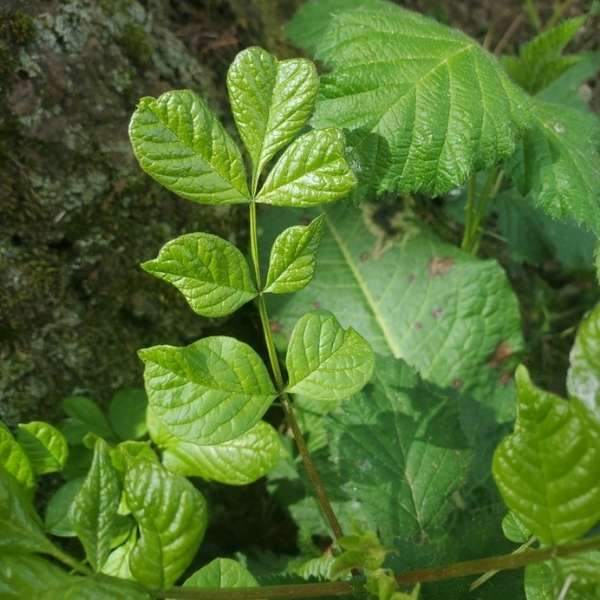
We’d like to maintain accurate and robust plant listings. If you see information that is not correct or that could be added to improve the listing, please let us know. Or if you’d like to suggest a plant to add to our plant guide, you can use this form do so. Thank you!
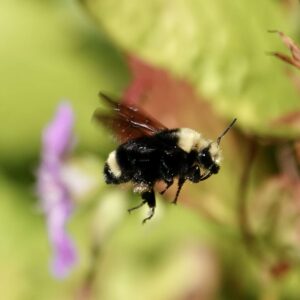
Look closer…and meet the local insects that pollinate the plants around your Seattle neighborhoods. Learn about some of our amazing native pollinating insects.

Get involved by sharing and mapping the birds, animals and nature around you to help the community understand the biodiversity in our neighborhood.

Learn about diversifying the way architecture is taught and practiced from designers of color.
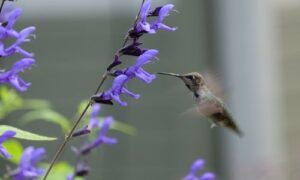
Protecting the trees and other vegetation that what we currently have is perhaps the most important way to ensure biodiversity in cities.
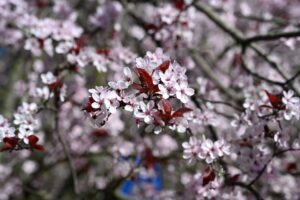
Gardeners can check out seeds for free from the library to plant. Then after harvest, gardeners bring seeds back to the library for others to enjoy in future growing seasons.
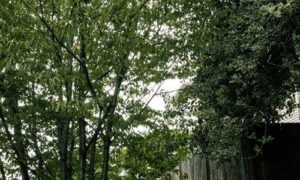
The plants, animals, fungi, microbes, and other natural features that make up “urban habitat” are important to the character, function, and livability of cities.
Nature of Your Neighborhood is a collaboration between Birds Connect Seattle, the Capitol Hill EcoDistrict, and the Seattle Bird Conservation Partnership. Our goal is to foster relationships between the people and the nature of their neighborhoods.